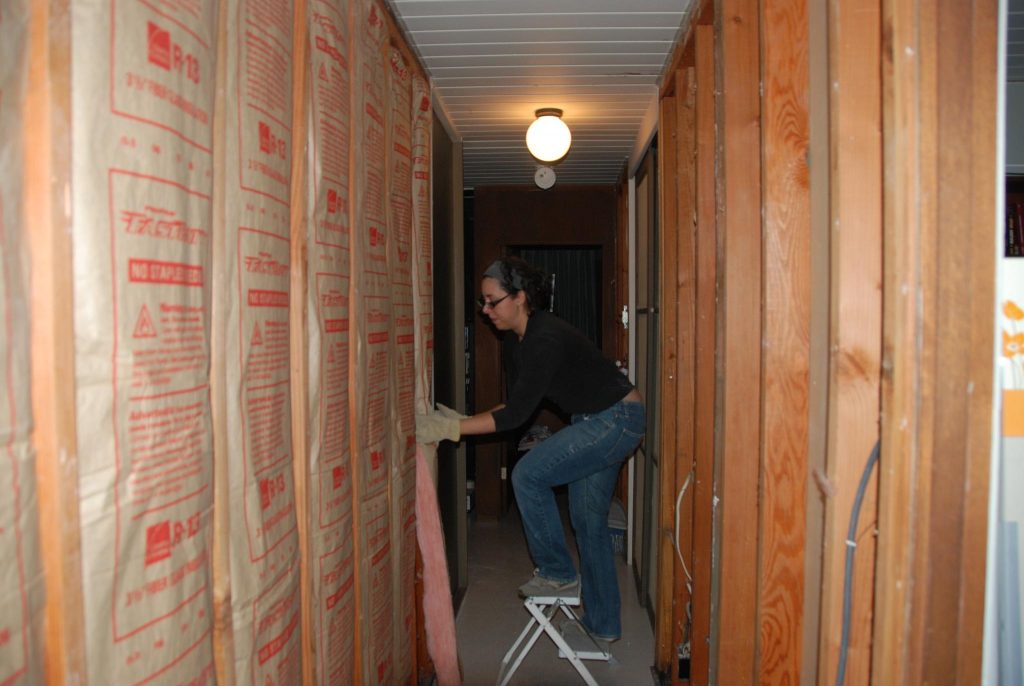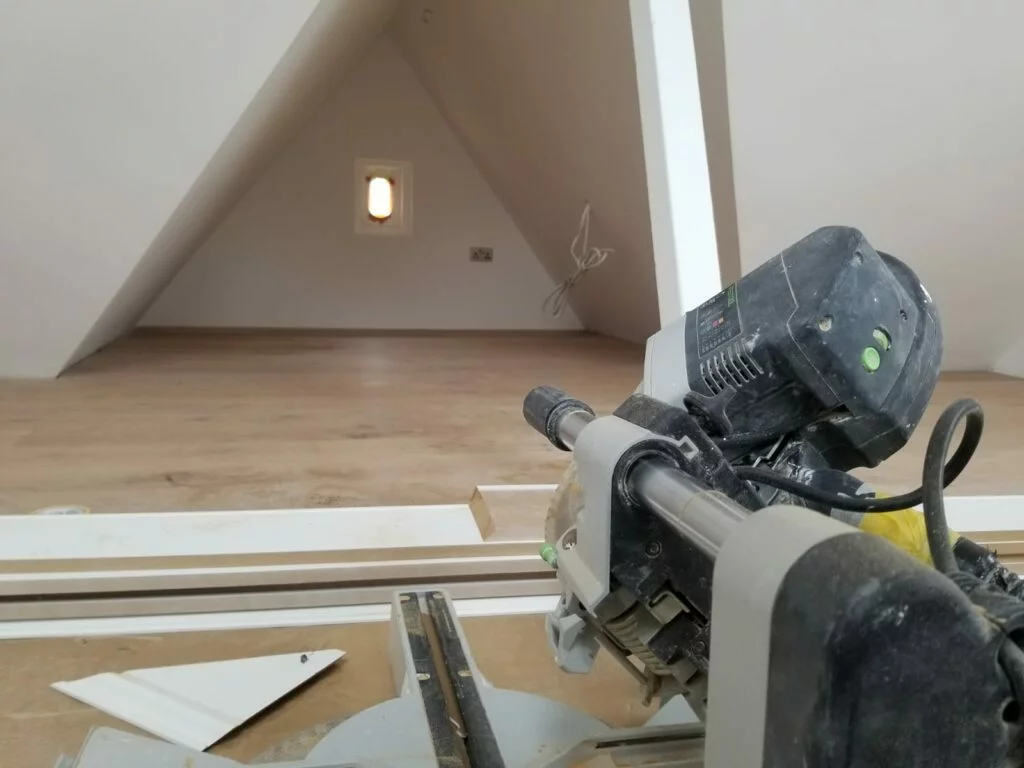
A practical guide to solid wall insulation
Solid wall insulation is a key upgrade for many older properties – helping to cut energy bills, reduce heat loss, and make homes more comfortable to live in all year round.
If your home was built before the 1920s, chances are it has solid walls – which means it loses heat faster than homes with modern cavity walls. Around a third of all heat in an uninsulated home escapes through the walls, so tackling this issue can make a noticeable difference to warmth, cost, and carbon emissions.

How does solid wall insulation work?
Because solid walls don’t have a cavity, they’re insulated either from the inside or the outside. Each method has its benefits and is suited to different types of homes and retrofit plans.
Internal wall insulation
This involves attaching rigid boards directly to the inside surface of external walls, or building a new stud wall filled with insulating material such as mineral wool. It’s an effective option for homes where external changes aren’t possible.
Things to consider: Internal insulation slightly reduces the floor area of the room and any existing damp issues must be addressed first.
External wall insulation
This method involves fitting insulation to the outside of your walls, then covering it with render or cladding. As well as reducing heat loss, it helps protect the brickwork, improves sound insulation, and gives the property a fresh external finish.
Things to consider: Planning permission may be required, especially for listed buildings or properties in conservation areas.

Why ventilation matters
Older walls allow water vapour to pass through bricks and stone. Adding insulation changes the way moisture behaves – so proper ventilation is essential to prevent damp or condensation.
A professional installer will use breathable materials and vapour controls to manage this safely. When you work with Cosy Homes Oxfordshire, we’ll manage the process and ensure your home stays healthy as well as warm.
Is solid wall insulation right for your home?
If your home was built before 1920, or your external walls are less than 260mm thick, they are likely solid. These properties often feel harder to heat – and benefit the most from this kind of insulation.
Still not sure? A home energy assessment will confirm your wall type and help you decide the best approach. Our Whole House Plan looks at insulation in the wider context of your home, ensuring everything works together for long-term comfort and efficiency.
Costs and savings
Solid wall insulation is a more substantial investment than cavity wall insulation – but the energy savings are also greater. According to the Energy Saving Trust (April 2019 data):
| Installation type | Typical cost* | Potential annual savings |
| Internal wall insulation | £7,500 | Up to £365 |
| External wall insulation | £11,000 | Up to £540 |
*Semi-detached home
Costs can vary depending on property size, condition, and location – but many homeowners recover the investment within 10–15 years through lower bills and increased energy performance.
Whole house thinking – why it matters
Insulating walls without addressing ventilation, heating, and moisture can lead to problems like damp, condensation, and even overheating in summer. That’s why we always recommend a whole house approach. This means your upgrades are properly planned and work in harmony – saving you from costly mistakes down the line.
Real-life impact
One of our retrofit projects in Hook Norton involved an end-terrace cottage where we installed both internal and external wall insulation, alongside an air source heat pump. The result? A significantly warmer, more efficient home with lower running costs and improved year-round comfort.

Plan your insulation properly
At Cosy Homes Oxfordshire, we tailor every recommendation to your home’s needs. A home assessment and Whole House Plan will guide you through the right steps for insulation, heating, and beyond – ensuring your investment delivers real results.
Get in touch with our team on 0330 223 2742 or by message us to book a home efficiency assessment and receive a tailored plan – helping you make the right property improvement decisions for a warmer, healthier, and more energy efficient home.
Call our team on 0330 223 2742 (Monday to Friday), or send us a message to begin your journey toward a cosy, low-carbon home.
Read next…

A practical guide to cavity wall insulation
Cavity wall insulation is a highly effective way to enhance your home's energy efficiency, leading to reduced energy bills and a more comfortable living environment. By filling the gap between your property's inner and outer walls with insulating material,
A practical guide to loft and roof insulation
Up to a quarter of your home’s heat can be lost through an uninsulated roof. Adding insulation to your loft or roof is one of the most cost-effective ways to improve comfort, cut heating bills, and reduce your carbon
Why a whole house energy efficiency approach?
Taking a whole house approach is one of the most effective ways to reduce the carbon footprint of your property while ensuring long-term energy efficiency and comfort. Instead of focusing on individual fixes, this strategy looks at your home as a complete
